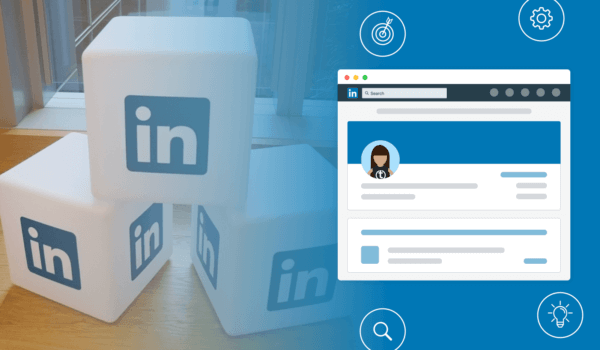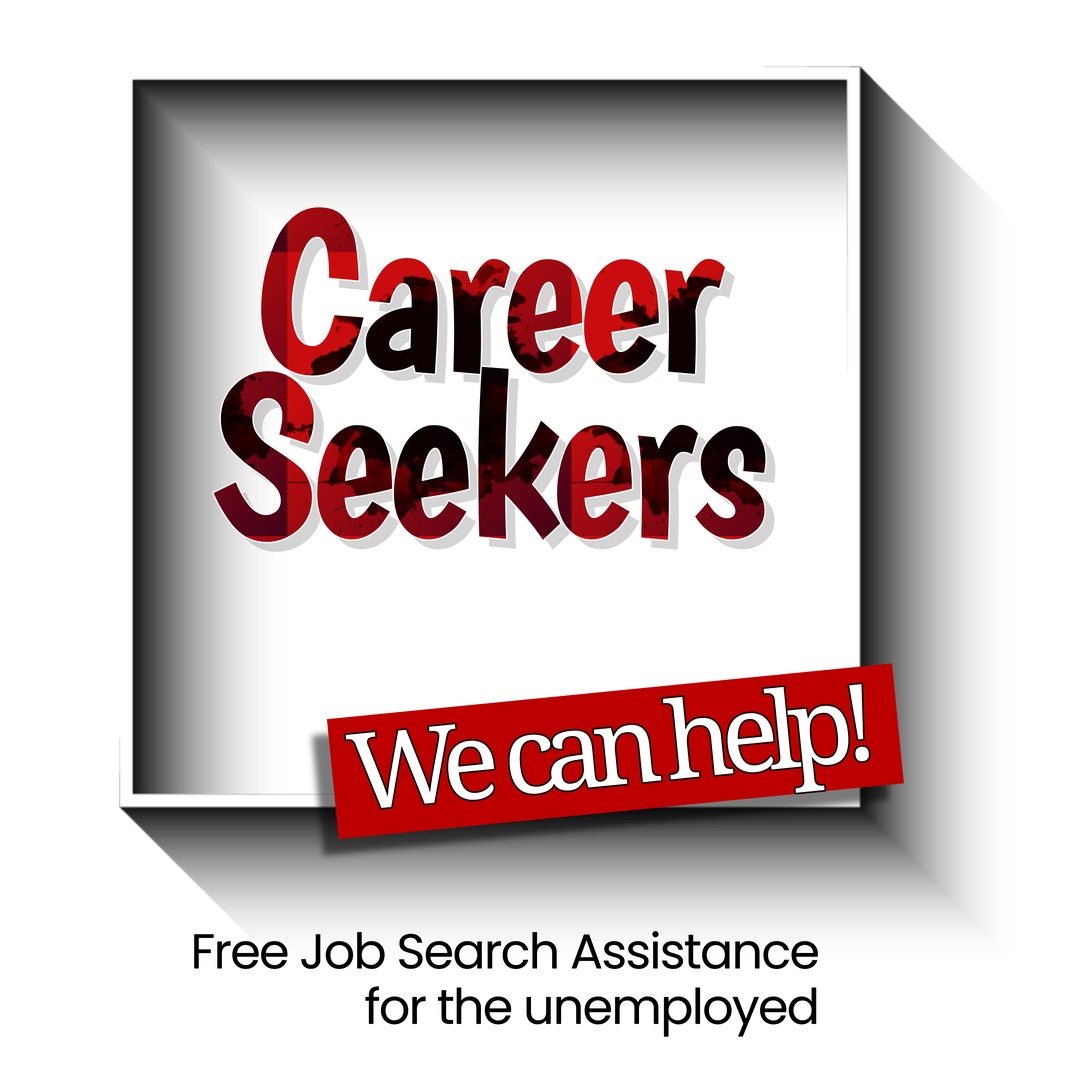How to get a Linkedin All-Star Profile

LinkedIn Profile Basics
What is LinkedIn?
LinkedIn is a professional networking site.
You use it to stay in touch with your professional connections and look for new career opportunities. Recruiters use it to look for candidates in a very similar way you use Google to find any information online.
LinkedIn recruiting is already growing rapidly. Reports have shown that interactions between recruiters and members have increased by 40% over the past two years. There is a good reason for this. Sourced candidates (those found by recruiters through active search, not regular job applications) are more than twice as efficient to hire. Plus, in 2018, more than 31% of all hires are proactively sourced. So—This means that recruiters like hiring via LinkedIn a whole lot better than most channels. A recent study revealed that 90% of recruiters use LinkedIn to look for new employees. Perhaps even more importantly—this same study has shown that almost 40% of all employers might not interview you if they can’t find you online.LinkedIn is where they’ll start looking
Get a custom url
When you create your LinkedIn profile, the default URL that you get doesn’t exactly roll off the tongue. Instead of a URL with a million confusing numbers at the end, you need to create one like this: linkedin.com/in/deweymcguirk. You will want to put a link to your LinkedIn profile on your resume. You need to get a custom url or it will look something this, “linkedin.com/in/BScmtz752ngugwg974”. This looks much better: “linkedin.com/in/bob-smith/.” This is easy to do. Go to https://www.linkedin.com/public-profile/settings Next, on the top right you will see “Edit your custom Url” From there it is super easy.
Your name
If you put a postgraduate degree, a certification, or other academic or professional titles next to your name, chances are your profile won’t actually appear in the search results for your own name. Limit your name to just that. You can enter your credentials in the LinkedIn headline
Your work history
Recruiters want to see continuity in your work history. Employment gaps are red flags. Underneath each job, include approximately six bullet points describing the scope of your responsibilities at that job. Don’t write only about your duties. Focus on your achievements. Don’t just show recruiters what you did—highlight how well you handled it. Start with an action verb (or first-person + action verb). Follow it with a specific task. Use numbers whenever possible.
The 10 things you must do to have an all-star profile
- Use a background picture. Use something simple and professional–no cats, grandkids, etc. Choose a plain, neutral background
- You need a LinkedIn profile photo. This is critical for your LinkedIn success! Adding a profile photo could result in 14 times more profile views. use a simple, professional headshot with a smile. Having the same picture on multiple social media channels like Twitter, Facebook, LinkedIn, and Google+ will help build your personal brand. Whatever you do, don’t use a selfie, your company logo, you and your furry friend, etc. These types of photos could damage your personal brand which defeats the whole purpose of being on LinkedIn. If either width or height exceeds 4000 pixels, your photo will not upload. Dress the way you’d dress to work. Make sure your face takes up over 50% of the frame. Aim for your eyes to be in the top third of the picture. Take a lot of photos, trying out different angles and expressions—and then take your time to choose the best one. That said, don’t choose your LinkedIn profile picture by yourself.
- Headline. A vast majority of LinkedIn users have headlines that undersell them—their current professional titles, and nothing more than that. This is your elevator pitch. In one sentence you need to sell yourself–what skills do you offer to solve their problem. Want to make your headline stand out? Go to https://lingojam.com/fancytextgenerator and paste your headline. It will give you the same headline using multiple fonts. pick one that stands out but looks professional. Copy and paste into your headline. Almost everyone else on LinkedIn uses the same font. Now every time you post an article or comment on someone else’s post, yours will stand out. Do you need more than the 120 character limit LinkedIn gives you? Most people don’t, but if you do, here’s another tip: Download the LinkedIn app onto your smartphone. After you paste your unique characters, use the LinkedIn app to do the rest. This way you can get up to 220.
- Education, Industry, and personal information. Make sure to include your zip code. This is important.
- Summary Section. Many people make the mistake of using this section to talk about their hobbies, interests, etc. Recruiters do not care. This is your opportunity to speak directly to the hiring manager. Tell a story about your target market–their pain–talk directly to them! How can you solve your problem? Imagine the hiring manager reading your summary nodding as he or she reads your summary, thinking, “This is what I need.” Get to know what words and skills come up in job descriptions and other people’s summaries. Keywords are an important part of searches made by recruiters. You want to use keywords from your industry that are also authentic and really describe what you can do for them.
- At least TWO past positions, at least ONE needs to be a current position with a description. If you are unemployed, do not make the mistake of leaving this blank. Some leave their previous position on, or you can put ‘seeking new opportunities.”
- Skills. You need a minimum of three. Focus on skills your target market is looking for. Choosing a suggested skill is better than entering one manually. The suggested skills are based on what recruiters search for on LinkedIn. Look for the hottest skills to optimize your profile so that it matches current trends.
- Endorsements. The more endorsements you have for a specific skill, the more likely that you’ll come up in the search results when someone is searching for that skill. f you scratch backs, your back will get scratched. If you want endorsements and recommendations—start by giving them. When you start building your network, ask the people you’ve worked with, your friends, your old professors, and fellow students to endorse your skills. And make sure you’ve already gone ahead and endorsed theirs in return. LinkedIn no longer requires three recommendations to have a complete status. It is still considered a best practice. Recommendations that are written for specific roles show up underneath each position in which they are written. Each person that writes you a recommendation will have a thumbnail of their profile photo right next to their recommendation. Endorsements are one-click acknowledgments from your network showing that you are being recognized for a certain skill.
- At least one article on LinkedIn Pulse. This is simpler than it sounds. As soon as you open LinkedIn, you will see “Write Article” as one of the options. Try to write something specific to your industry. Don’t worry f not may read it. ASk a few friends and family if you need to. This will you with rankings.
- More than 50 connections. You don’t need 500+. Just reach out to enough people until you get at least 50.
How to Use LinkedIn for Networking
Wonderful. Now you have this terrific profile and can sit back, relax and wait for all these wonderful job offers to start rolling in. Not so fast. This is just your starting point. LinkedIn is a dynamic environment. Its power lies in the networking capabilities it provides.

You will not get very far unless you go out there and interact with your network! Using LinkedIn is not entirely different from interacting on any other social media platform: Facebook, Twitter, or even Instagram. The only difference is, LinkedIn has a specific purpose: networking with fellow professionals. You don’t need to be a super-connector with 500+ connections to make LinkedIn work for you.
Some “experts” will tell you the more, the merrier. However, that might be true if you are new to LinkedIn and need to build up your connections to get at least 50, but as your number of connections goes up, it is better to prune your number to weed out those who add ni value and do not have similar interests. Why? The smaller percentage of your connections who read your posts, the less likely LinkedIn is to feature it very prominently on others’ timelines.
If you’re a new user or a student, the easiest way to start networking is to join groups. Start with the alumni associations linked with your university. Start by joining groups linked with your university. You’d be amazed how generous these people can be with their time and advice – as long as you are professional and thoughtful in engaging with fellow members. I would also join groups in your industry that are in your area. Here are some in the Tampa/St. Petersburg job market I recommend:
Business Analysts and Project Managers
The IIBA is especially active. It is also very good for data scientists, business intelligence analysts, product owners, etc. There are a number of recruiters who are active members. Guess why they are here?
Veterans
Project Transition USA is very active and has all sorts of training and events for veterans.
Cyber-Security Professionals
Information Security Community
Higher Education
Higher Education Administration
There are many more. Simply click “Search” then “groups” and look for groups in your target industry in your area. People are publishing on the site now, and they are debating and discussing different issues. If you pay attention to what people are talking about, you can arm yourself with that information. You’ll become a knowledgeable person who can understand issues and topics with anyone in your field. Julie Dossett, Communications Lead at LinkedIn Canada, says, “If you’ve read up on a topic and feel that you have strong, unique things to say about it, go ahead and write a short 300-word post.” Writing will allow you to begin to craft your professional voice and build your professional brand. The bottom line is to engage.
Are you unemployed? Here is how to take your LinkedIn profile to the next level
Current, industry-specific certifications are one of the best ways to increase your marketability, separate yourself from the crowd, and get hired. the problem for most people is that they are expensive. If you were laid off, received a notice of lay off, reduction in force, restructured, or have low income, you might be eligible for a grant that can really help.
Are you unemployed? Millions of people lost their jobs because of the Corona Virus so Congress has stepped in to help. On March 18th, the Department of labor set aside $100 million dollars for dislocated worker grants, and more funding was added for workforce assistance with the law that just passed. if you qualify, this program can pay up to $10,000 to get trained, certified, and then get help getting placed in their career. The amount and availability will vary by county.
This can be used to get certified in fields such as Cyber-Security, Information Technology, Project Management, Business Analysis, and more. Some of the most highly sought after certifications include CompTIA, Microsoft, Cisco, Project Management Professional (PMP), Scrum Master, and others.
If you would like to see if you qualify, you can call me at 813-387-3503 or if you prefer, you can book a time for me to call you: Book a call
I look forward to speaking with you

